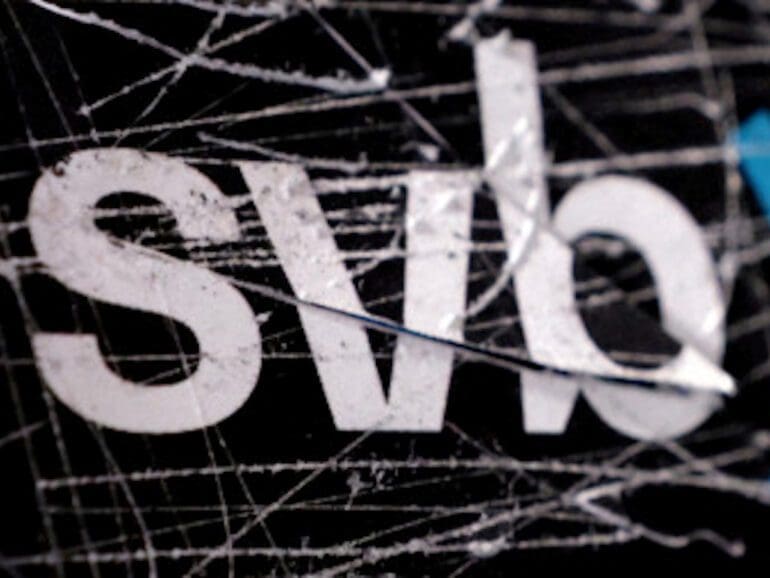The news of the Silicon Valley Bridge Bank (SVBB) to First Citizens Bank could mark the beginning and end of the banking turmoil. While not all the assets from Silicon Valley Financial, the failed bank’s parent company, have yet been auctioned off, there is an almost audible sigh of relief from the US banking system.
SVB’s niche, firmly facing VCs and their startups, had many concerned about the successor’s approach. However, the view from the sector is now tentatively optimistic.
“SVB has an incredibly strong brand within the startup community, and it’s built out a lot of very viable programs,” said Marcos Fernandez, Managing Partner of Fiat Ventures. “There’s a lot of value from that brand and what they’ve built. Obviously, under different parameters and regulations. But I feel like that’s a big win for them (First Citizens).”
Growth at all costs turns to business sustainability
In the months before SVB’s failure, the VC and startup community faced a “dry powder” period, which may have made them particularly susceptible to panic. The idea of “growth at all costs,” formulated in the unicorn year of 2021, was already turning into a landscape of survival.

“Most founders before SBVs demise were modeling 18 months of runway to weather the storm,” said Don Muir, CEO and Co-Founder of Arc. “They were trying to maximize runway through cost-cutting exercises to weather the funding storm driven by the rising interest rate environment which brought down valuations.”
“This black swan event added insult to injury. It made everyone’s life a whole lot harder. And that cash they were trying to maximize to preserve the runway was jeopardized. And founders went from saying, “Okay, I’m solving for 12 to 24 months of runway” to “I might not be able to make payroll next week, I might not have another month of runway, not to mention 12 to 24.”
Fernandez explained that, due to the reactions of the regulators, the effects of the bank’s failure on the sector were low. After the chaos, VCs and startups turned even more to sustainability than full-on crisis control.
“It went from growth at all costs to now sustainability and runway at all costs,” he said. “So, think about what you need to do to your business, not just to protect yourself, but to maximize your runway and capital. Focusing on driving revenue from multiple forms from day one and making sure that you’ve got the fundamentals around your business built out this.”
The maturation of the diversification strategy
Fiat Ventures was one of the many companies caught up in the mayhem of the bank’s fateful weekend. While only five of their investments were impacted, they had to work quickly to avoid significant risk.

“No one has a crystal ball,” said Fernandez. “In those circumstances, if you see people running, unfortunately, you have to run. Our advice to our portfolio at the time was just protect yourself.”
“At that point, we suggested they get their capital, either into alternative banks or to spread it so it was under the $250,000 FDIC insurance threshold.”
This approach was taken by many, and in the first few hours, SVB’s depositors were seen to be desperately minimizing the risk to their deposits.
In many cases, fintechs received significant inflows in the first few days of the crisis.
“The Mercurys and the Brexs of the world proved that fintechs can move more quickly than other traditional financial institutions,” said Fernandez. “That’s proven by just the amount of deposits they’re able to take in in such a short amount of time.”
This approach has matured in the weeks following the initial panic.
“The recent events have made it clear that as investors, we need to have a sense of the treasury and banking strategy of our portfolio companies,” said Stephanie Choo, General Partner at Portage.

“To ensure their deposits are protected, companies need to have diversified banking relationships with several financial institutions, and one of them must be with a systematically important bank. Two of these should be operating accounts that leave enough funds for several months’ payroll. Their treasury strategy should also involve investing excess cash to build up their liquid investments. Lastly, depositors should also take advantage of the Insured Cash Sweep (ICS) service used by their banks to maximize their FDIC protection.”
Muir said that many founders Arc had been working with had started to take this approach.
“Now VCs are encouraging their portfolio companies to diversify across both too-big-to-fail banks and the digital banks for startups that have stepped in to facilitate diversification for these portfolio companies,” he explained.
“You have Brex, Arc, and Mercury on one end and offline banks on the other. And what VCs are encouraging their portfolio companies to open anywhere from two to four bank accounts to diversify their bank deposits.”
SVB Capital still hangs in the balance
While the sale of SVB’s Bridge bank has finally been negotiated, SVB Financial still has two cards to play. One of these is SVB Capital.
Investing in some of the most prominent VCs in the ecosystem and with a reported $9.5 billion in assets under management, SVB Capital is one of SVB Financial’s “crown jewels.” As such, its potential sale has many on tenterhooks.
VC giants such as Accel and Sequoia have been left in a state of “powerlessness” as a suitable buyer of the exclusive portfolio is found. The eventual decision could have far-reaching effects on the ecosystem.
“I would hope it’s someone as forward-thinking as Silicon Valley Bank had been for the types of products they want to provide to a broader ecosystem,” said Fernandez. “Again, that ultimately gave them a little more exposure… but I hope it’s an institution that knows how to carry on a few of those programs under the right parameters.”
“A more stable institution, but also with enough foresight to want to provide services to this broader community, because there truly is a big hole there. And I think there will be until people dust themselves off from this whole thing and move forward.”
RELATED: Innovation for derisking – fintechs’ possible respite from SVB


